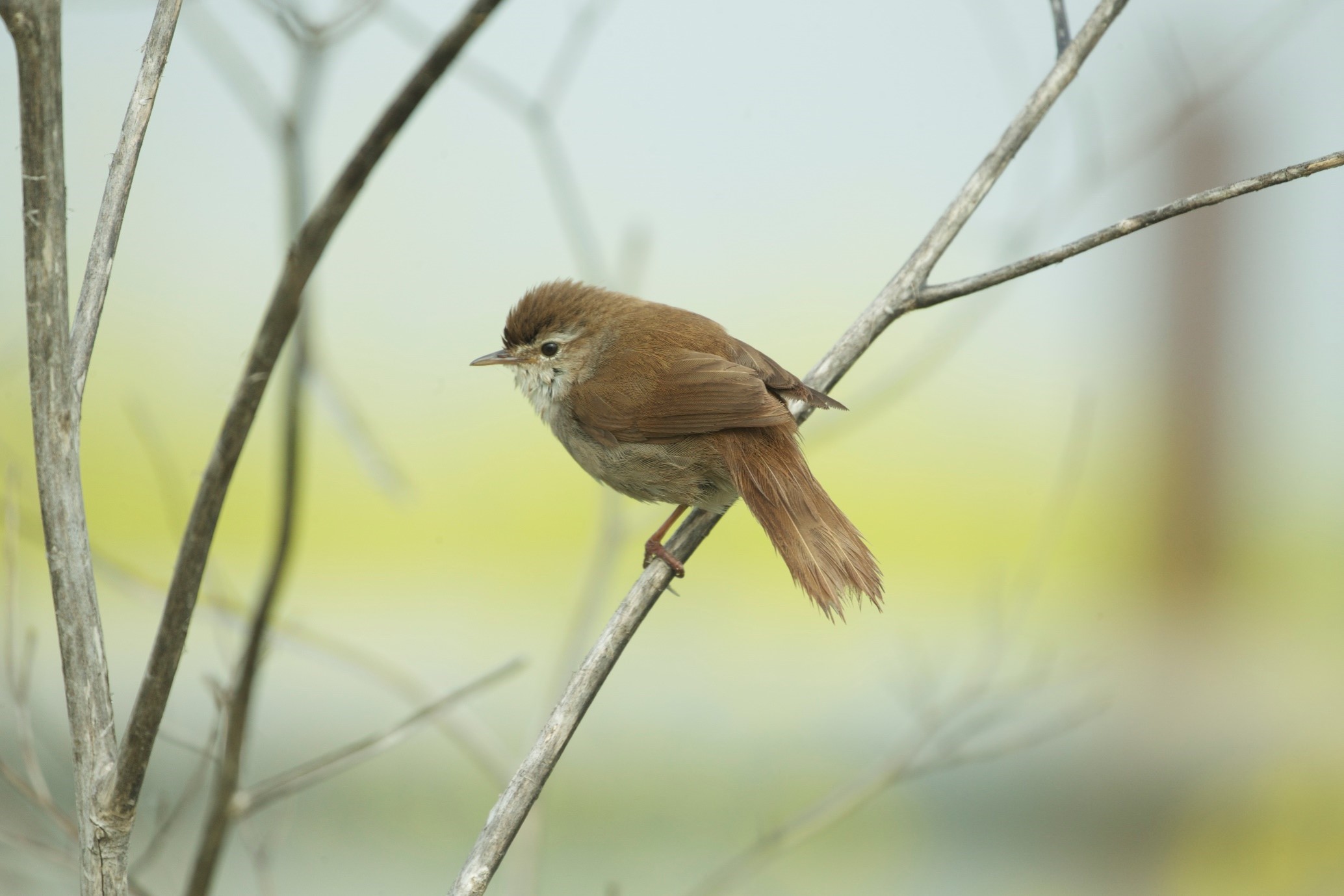
26 Years as a BBS Volunteer
For as long as I can remember I’ve always had a pair of binoculars around my neck. As a family we were always outdoors, enjoying nature, having picnics, and me always climbing fallen tree trunks, sliding down muddy slopes and generally getting filthy. It was my mum who was the one responsible for nurturing my interest in nature, particularly birds, and as I showed more interest, I started to learn about flowers, trees and butterflies too.
In my late teens, we were fortunate enough to be able to buy a Kowa TSN-1 ‘scope, and through my 20s we spent hundreds of hours recording the birds on our local patch known as the Wigan Flashes (now a Local Nature Reserve) in North-west England, sending the records to the then County Bird Recorder for Greater Manchester, Judith Smith, who went on to become a good friend. In the early-1990s we began to record the butterflies, and not long after we started noticing the many species of Odonata at the site. In the days before the internet, you had to go down to the library if you wanted to identify something you’d seen so I made many visits, studying and borrowing books on dragonflies and damselflies so I could identify all the species we were likely to encounter. During this period of discovery, we joined Butterfly Conservation and the British Dragonfly Society, and we have gone on to join Bumblebee Conservation Trust, Bat Conservation Trust, South Lancashire Bat Group and British Hedgehog Preservation Society.
You can read John's full BBS story on our Volunteer Story page.
Go To John's StoryHaving met Judith a few years earlier, she came to our house one day in 1994, laden with quarterly BTO News magazines, to encourage us to join the BTO. She must’ve had a good sales pitch because, not only did we join, the following year we were undertaking the fledgling BTO/JNCC/RSPB Breeding Bird Survey (BBS) which began a year earlier. The 1 km square we were allocated, SD6004, was one of 1,747 1km squares surveyed in 1995 and only a few miles from home in Wigan, Lancashire, on a site known as Amberswood Common.
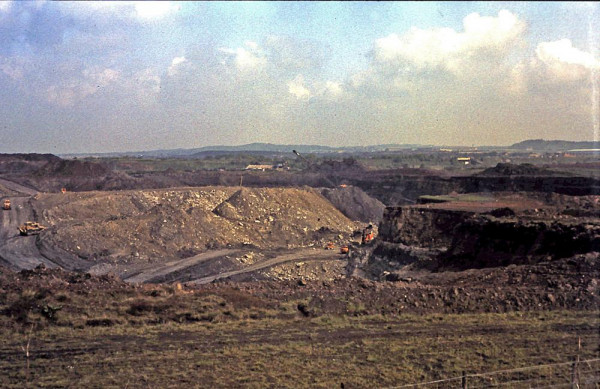

Around 100 years ago Wigan was the coal capital of the UK, but it was as early as the mid-1800s that mining began to shape large parts of Wigan, along with Bickershaw, Abram and Leigh along the Leeds-Liverpool canal to the East. After the coal industry started to close down in the 1960s some of the former collieries began to return to nature, but some - including Amberswood - were subjected to opencast mining, leaving distinctive visual eyesores on the landscape.
Many of the wildlife sites in Wigan have developed as a result of this past industrial activity. Subsidence from former coal mines has led to the creation of many areas of open water, known locally as flashes, which support extensive reedbeds and the specialist wildlife which lives there. The majority of the 160-hectare Amberswood Common site was ‘reclaimed’ from around 1988, and it is now an extensive and diverse habitat with a lake, a series of smaller ponds and lowland raised bog, all linked by ditches and streams and interspersed with grassland and woodland.
Of the huge variety of birds recorded at the site - 163 species since records began in 1992 - I have found 79 of them just through participating in BBS. Given that those 163 species represent sightings all over the site, not just my survey square, and from multiple observers, I think my total is more than respectable and shows how useful the BBS is as a recording tool.

The Common provides valuable habitat for such a wide range of wildlife, including the endemic race of Willow Tit (one of the fastest declining birds in Britain and a Red Listed species), that it was granted Grade B Site of Biological Importance status in 2004. I even heard my first Cetti's Warbler there in 2018!
The site hasn’t been immune to the trends BBS data have shown us on a national scale, though. Several species of national concern, which I recorded in the first few years of the survey, have sadly disappeared; Starling, Cuckoo, Redshank and Grey Partridge were all recorded in 1995, but after that, all became only occasional names on my recording sheets. But there are some success stories, too. Buzzards have undergone a remarkable resurgence and have spread rapidly across the UK in recent years and this has been reflected in the regularity of their appearance on my recording sheets since 2008. I really enjoy seeing their majestic soaring flight and hearing that instantly-recognisable “mewing” call above the Common, and I’ll never forget the awe-inspiring sight of watching six Buzzards circling overhead on one BBS visit in 2017.
So, what of the future? Well, my 1 km square was just one of over 4,000 surveyed in 2019 before the pandemic affected surveying a year later but it gives me a good feeling knowing that I’m doing my bit to help our feathered friends. I don’t expect to be participating in the BBS for another 26 years but I do hope to see more species continuing to thrive on the Common, and to take my species count over 80. With the continued growth of the coniferous woodlands I hope, one day, to fulfil Judith’s recent prediction of seeing Crossbills in the conifer plantations, and Long-eared Owls nesting in the five owl baskets she erected years ago. I read online that Tawnies are heard calling at the edges of the site so here’s to adding those to my recording sheets soon, and lots of Cetti’s making me jump out of my skin too, of course.
STOP PRESS: On both my 2021 BBS visits I was treated to a singing Cetti’s Warbler at the edge of Amberswood Lake, close to the southern edge of my square, almost 1 km south of the other locations I’ve heard them previously. My hopes and predictions are coming true already! Ain't birding brill?
Inspired by John's story?
Become a BBS volunteer and contribute to our understanding of Britain's birds.
Take part in the Breeding Bird Survey


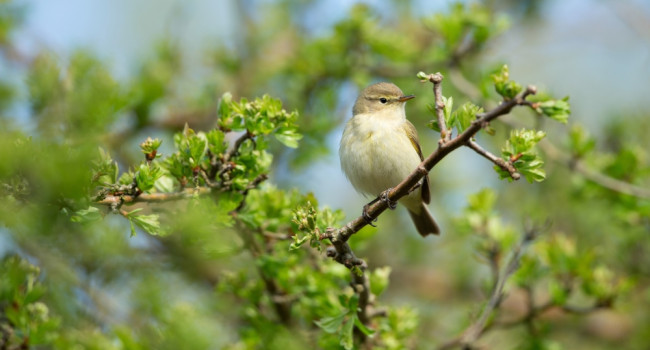
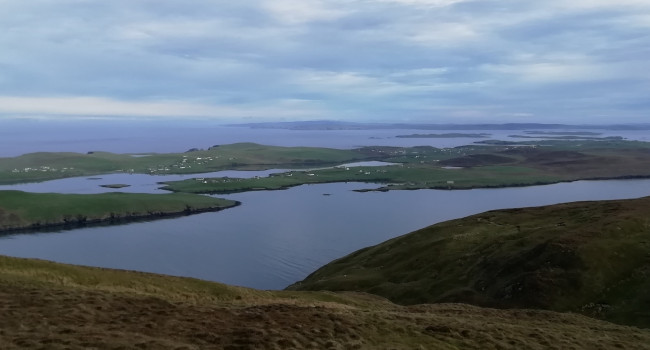


Share this page